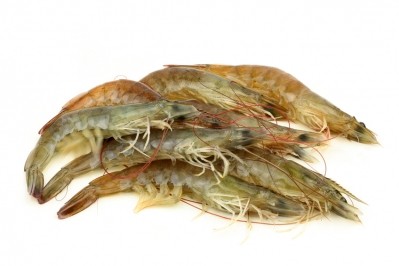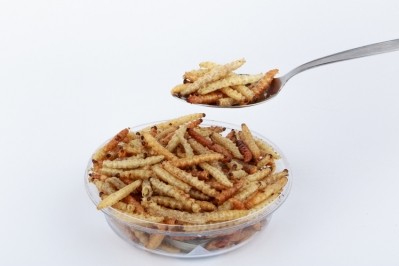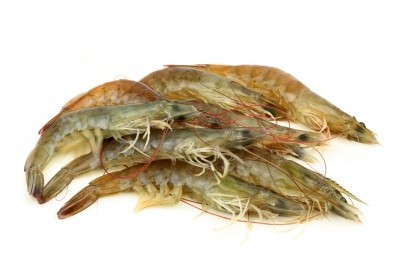'It’s the proximity to the feed source that makes it more economical and environmentally friendly to raise shrimp in this manner'

The company is an affiliate of Minnesota-based Ralco, and it announced the locations of the new facilities last week. It is investing more than $50m in a shrimp production facility, Luverne Bay Harbor, in Luverne, Minnesota, which is expected to break ground in early 2018.
The project includes renovating a former USDA processing facility to process the more than 8m pounds of whiteleg shrimp (Litopenaeus vannamei) a year generated by the harbor annually, and opening a shrimp hatchery in Marshall, Minnesota, the company said. Work also is set to start on the Balaton Bay Reef facility adjacent to the current innovation center and laboratory this summer.
The project has been part of a larger vision for the owners of Ralco, said Ryan Wendland, director of marketing and communications with Ralco. “It has just been incredible to watch, and great to see that spirit alive in this project,” he added.
“It’s really fun for us to see it come to fruition, but we have a lot building to go,” he told FeedNavigator. “There’s such a demand for safe, natural food and this meets that need, so when we speak to people about our product they’re excited about it.”
When operating at capacity, the production facility is expected to need about 7,500 tons of feed annually, he said. The company is planning to use about 2,300 tons of grain and 2,200 tons of soybean meal and specialty products.
“That’s why it’s so important that this is being built here with the grain is,” he said. “Nothing like this has been done before [for aquaculture] – in the swine industry, poultry industry people are used to bio-secure facilities and this will be the exact same – this will be bio-secure, it should be disease-free, and with no antibiotic use.”
An ‘ocean in the Midwest’
Previously, the company has had some troubles establishing a supply of juvenile shrimp, so one of the new facilities includes a hatchery to produce their own supply, said Wendland.
The shrimp production facility has been dubbed a harbor with shrimp, he said. The technology involved allows shrimp to be raised in about 12 inches of water that recreate an ocean current.
“We’ve been raising shrimp and perfecting the technology in Balaton, Minnesota for about two years,” he said. “We acquired the patent for the technology from Texas A&M.”
Those trays can then be stacked in a bunk-bed-like style to allow for intensity of production, he said.
“We’re creating ocean in the Midwest, and the reason we do that is because it is very near to the food source,” said Wendland. “It’s sitting right in the food source – corn, wheat and soybean meal.”
The work also seeks to bring new terminology to agricultural production, by referring to facilities as harbors or reefs, depending, he said. “They’re called that because we wanted to borrow some terms – that harbor is a nine acre structure that is all under one roof,” he added.
Additionally, the company is establishing a training facility in conjunction with local technical schools and colleges, he said.
Feed focus
The company picked Minnesota for its production facilities for several reasons, said Wendland. However, a primary reason was that the state generates many of the ingredients needed to produce shrimp feed.
“It’s the proximity to the feed source that makes it more economical and environmentally friendly to raise shrimp in this manner,” he said.
During the initial scale up phase developing the shrimp production technology, the company already started working with an area feed mill to produce the different sizes of feed needed for shrimp, he said.
“Everything does need to be milled,” he said. “The shrimp need different particle sizes as they become larger and that is all in the structure as well, and we’re working with a local mill that will produce the feed.”
The focus on sourcing ingredients and producing feed regionally, also is part of the company’s ongoing focus on regional awareness, said Wendland. “We’re going to focus on Minnesota – this is kind of a Minnesota project, and we take a lot of pride in that we believe in keeping things regional and local to help build local communities,” he added.
“If you look at where we put our shrimp laboratory, we’re investing a lot into the community,” he said. “We want to do that in various places and for today’s farmers, they need more diversification for their grains and this provides that.”













